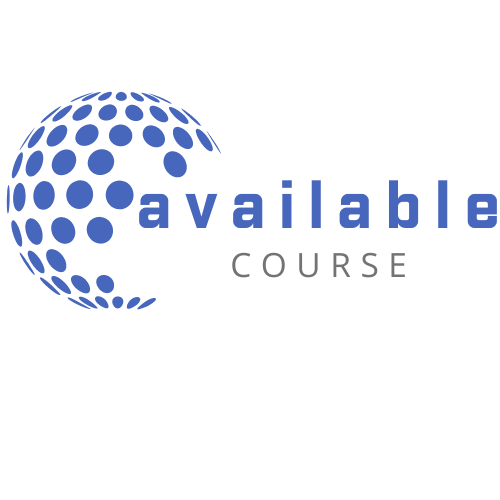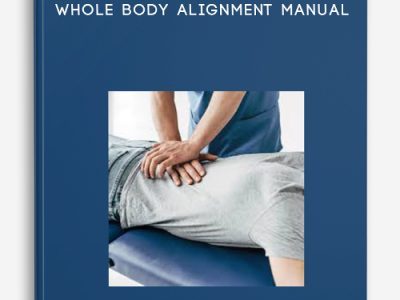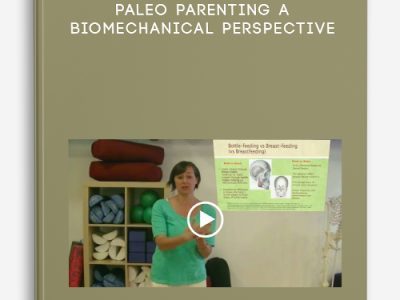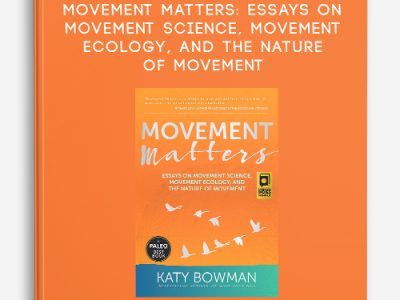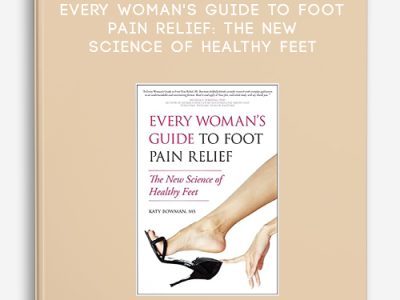
Katy Bowman – Don’t Just Sit There! bundle
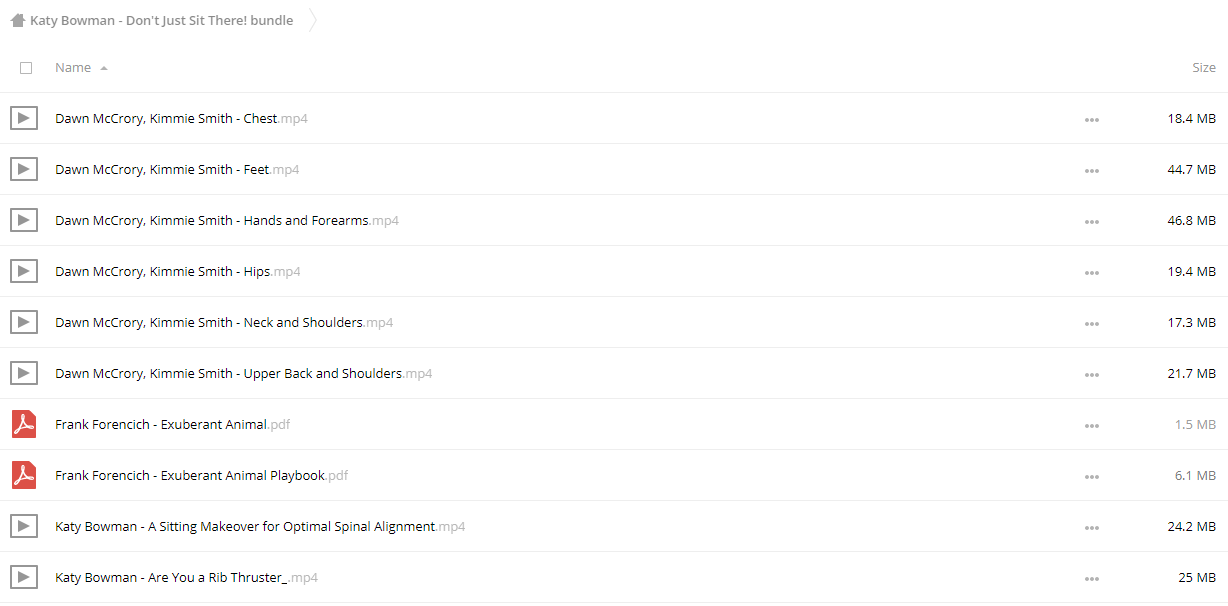
Download Katy Bowman – Don’t Just Sit There! bundle on Avaicourse.com
This course is available immediately. Please contact us at [email protected] with the best service for more detailed advice.
Description:
Mainstream Media Warns: “Sitting Is the New Smoking!”
Just like smoking, prolonged sitting increases your risk for chronic diseases, including obesity and even death from cardiovascular disease and cancer. And, like smoking, sitting’s addictive nature makes it hard to quit! We’re quite literally “under the influence” of cushions and seat backs.
On the heels of this clever tagline, the standup desk movement has picked up steam, and workers are trading in their comfy office chairs for waist-level desks and all-day standing marathons.
But the solution is not as simple as sliding your chair aside and perching your monitor at standup height.
Standing Up to the Sitting Scare Isn’t the Answer
The problem is not sitting per se, it’s prolonged stillness and a lack of variation in your daily routine. If you stand there all day in one position you’ll be no better off than you were before…except you’ll be more tired, stiff, and sore!
And while we’re all for getting people out of their chairs and onto their feet, we know the prescription is a bit more physiologically nuanced than the standup desk movement and mainstream media would have us believe. The repetitive use of a single position (be it sitting, standing at a high-tech standup rig, or even sinking into the couch for the evening) makes us ill in a litany of ways.
For example, muscles adapt to repetitive positioning and unvarying load-bearing positions by changing their cellular makeup, which in turn leads to less joint range of motion. This muscle and joint “stiffness” can lead to a stiffening of the arterial walls within these muscles.
Don’t Just Sit There! Get back in alignment and boost productivity with the following…
Don’t Just Sit There eBook by biomechanist Katy Bowman.
Don’t Just Sit There audio program so you can listen on the go.
10 instructional videos to guide you to a better body alignment at work!
Detailed video discussion with Mark Sisson and Katy Bowman.
Amazing Feets! eBook to guide you on a more barefoot-dominant journey.
“Don’t Just Sit There!” Order Now
Study After Study Proves that Working Out Doesn’t Protect Against Chronic Pain or Disease Caused by an 8-Hour Sitting Day
Fancy yourself an athlete as you cycle through a 45-minute spin class or hit CrossFit 5 times a week? While we applaud your dedication to fitness, the genetically optimal physical challenges your body craves are not just the rote stuff like your daily walk or weekly session with a trainer, but spontaneous challenges that get your body moving in new and extraordinary ways. Humans evolved to participate in an assortment of daily movement and physical challenges. Unfortunately, the vast majority of humans aren’t honoring this genetic requirement for varied physical movement. And being a fitness enthusiast, or even a serious competitive athlete, doesn’t give you a free pass here.
As breaking science has revealed with the active couch potato syndrome, even those who follow a devoted schedule of daily workouts are not free from the disease risk of sedentary living. By sedentary living we don’t mean just couches and potato chips. If the majority of your day is spent commuting and working a desk job, you also fall into the “sedentary risk” category, and your hour-long gym session isn’t doing much to protect you.
Active Job? That Doesn’t Help Either.
Even those with active jobs—for example, a lineman for the utility company, a building contractor, or a shipping and receiving agent—are generally engaged in repetitive tasks that only mobilize a fraction of their joints and muscles. Furthermore, the grind of physical labor (particularly when using inefficient mechanics) can lead to assorted overuse injuries and health problems.
The solution here is not more visits to the gym or more miles on the road, or even installing a standup desk and carrying on. Every little step away from sedentary helps, of course, but we need to mix things up a little—make that a lot—in daily life.
Help is Here!
The good news is that, because we’ve all been sitting (static) the same way for decades, changing our static positioning (e.g., standing more) can indeed improve our health, as can moving intermittently throughout the day. It’s important to nip your stillness issues in the bud, BUT…there’s a right and wrong way to go about it. So, we brought in a movement expert.
“Don’t Just Sit There!” Order Now
Realign with a World Renowned Biomechanist!
Katy Bowman is a global leader in the field of biomechanics and how it relates to optimal human development and health—not only when working, but also during physical activity, and even while relaxing or sleeping. Katy’s presentations and professional certification courses blend the “separate” sciences of biology, physics, and kinesiology with a practical, hands-on approach to working with real people. In addition to directing the Restorative Exercise Institute, Katy assists researchers with methodology and study design, instructs and certifies practition
FITNESS – HEALTH – MEDICAL Course
More information about Medical:
Medicine is the science and practice of establishing the diagnosis, prognosis, treatment, and prevention of disease.
Medicine encompasses a variety of health care practices evolved to maintain and restore health by the prevention and treatment of illness.
Contemporary medicine applies biomedical sciences, biomedical research, genetics, and medical technology to diagnose, treat, and prevent injury and disease,
typically through pharmaceuticals or surgery, but also through therapies as diverse as psychotherapy, external splints and traction, medical devices, biologics, and ionizing radiation, amongst others.
Medicine has been around for thousands of years, during most of which it was an art (an area of skill and knowledge) frequently having connections to the religious and philosophical beliefs of local culture.
For example, a medicine man would apply herbs and say prayers for healing, or an ancient philosopher and physician would apply bloodletting according to the theories of humorism.
In recent centuries, since the advent of modern science, most medicine has become a combination of art and science (both basic and applied, under the umbrella of medical science).
While stitching technique for sutures is an art learned through practice.
The knowledge of what happens at the cellular and molecular level in the tissues being stitched arises through science.
More Course: FITNESS – HEALTH – MEDICAL
Outstanding Course:Elizabeth Beringer – Embodied Learning_ Focus
Course Features
- Lectures 0
- Quizzes 0
- Duration 50 hours
- Skill level All levels
- Language English
- Students 0
- Assessments Yes
